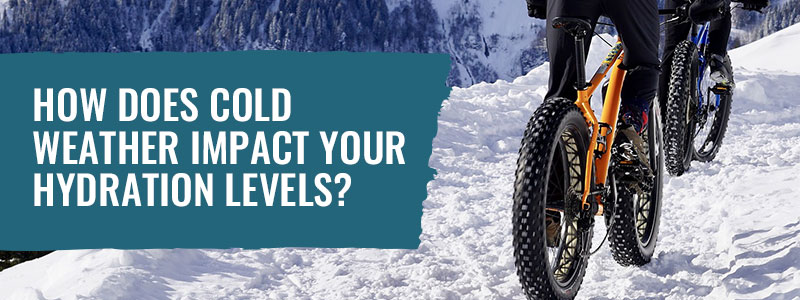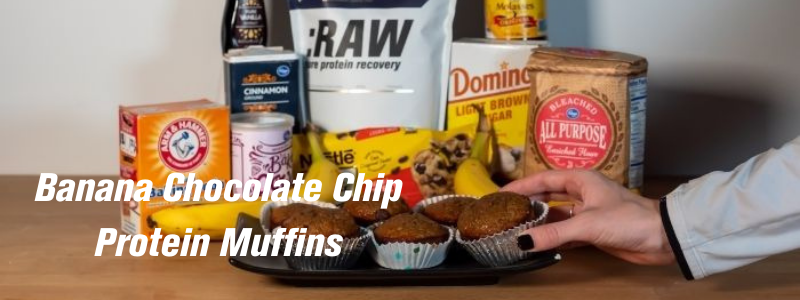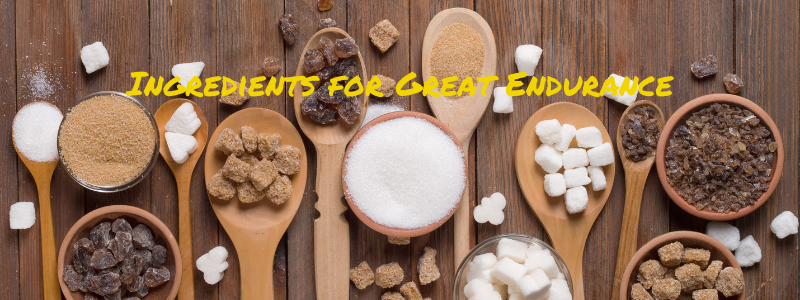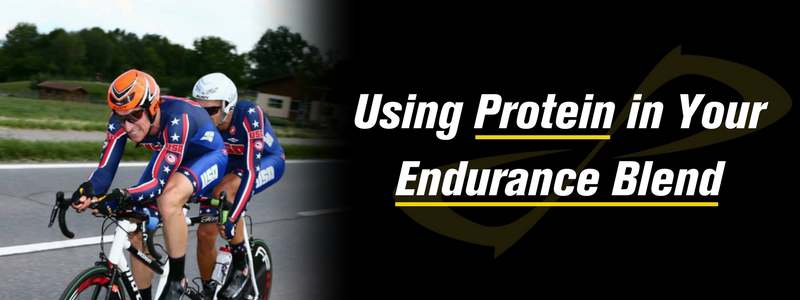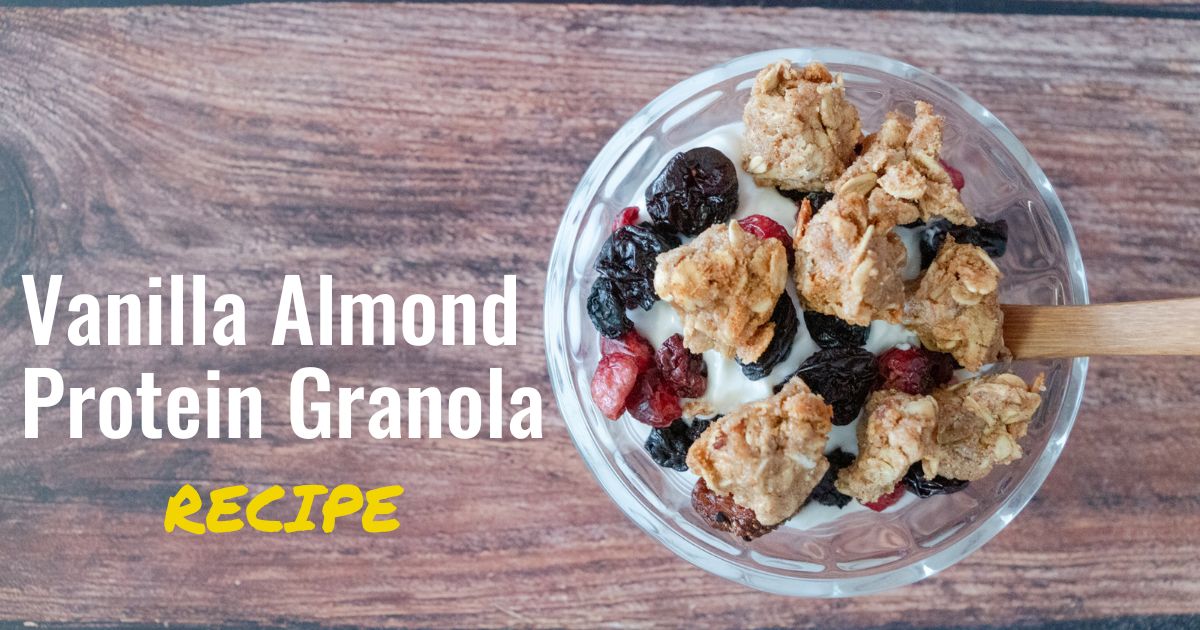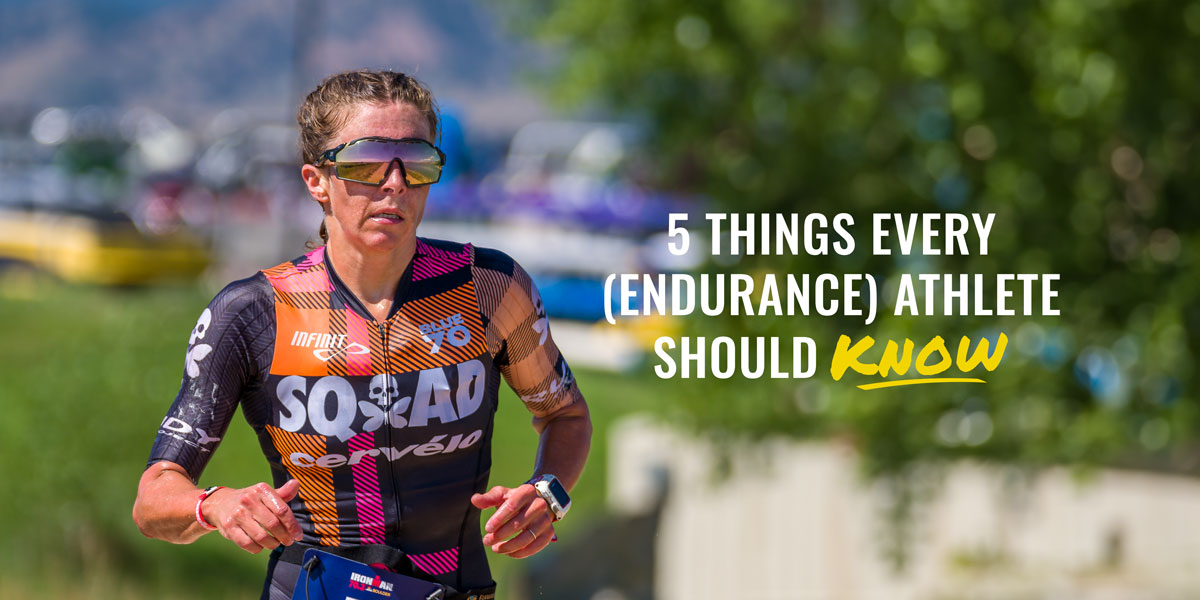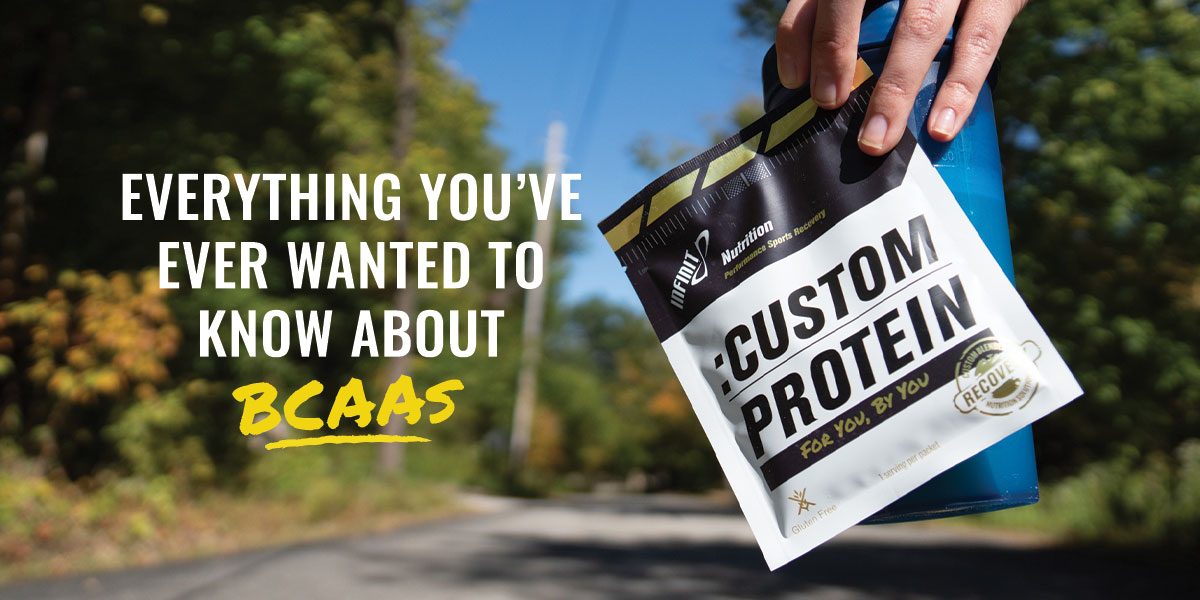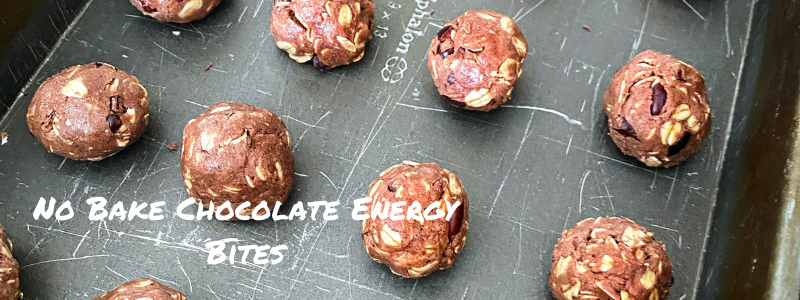What is the Best "Diet" for Athletes?
- Feb 9, 2022
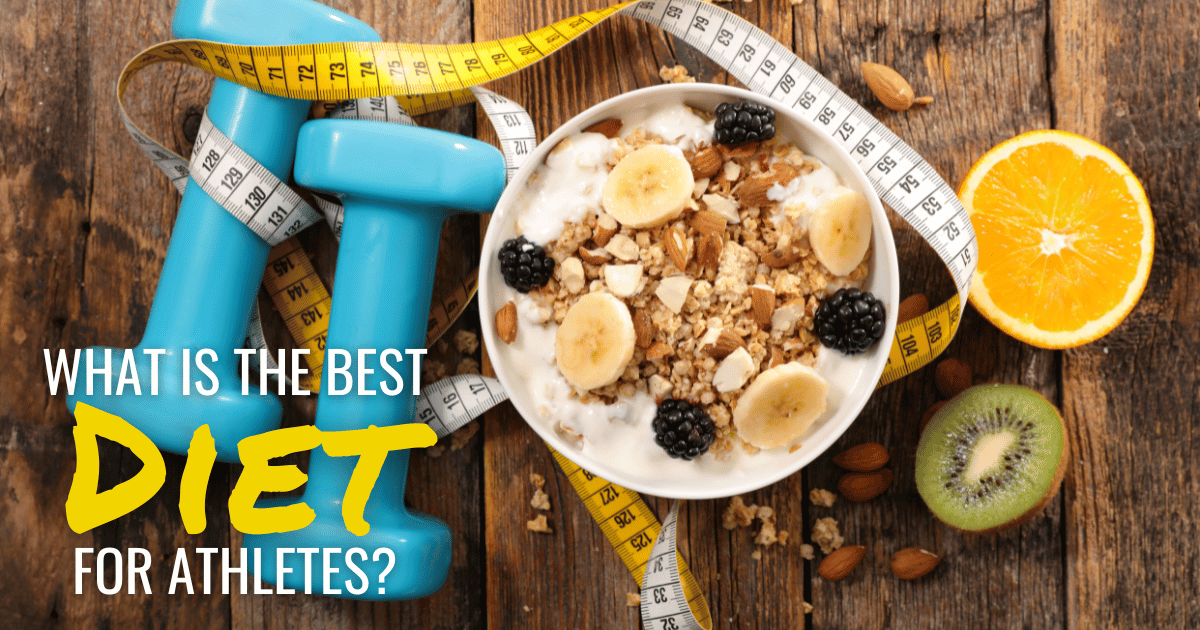
Popular fad diets have us all questioning everything we know about proper nutrition — But are they really appropriate for athletes and active individuals?
Low carb, paleo, keto, Whole 30, gluten-free, the Cigarette diet?!
These are all real diets that have risen to popularity over the past century, with millions of people lured in by the headlines that guarantee rapid weight loss (maybe you haven't heard of the Cigarette Diet, but it was an actual diet back in the 1920s).
So is there one diet that rises above the rest? What really is the best way to go about getting the right nutrition?
We'll dive into the ins and outs of these popular diets, and what is the best for you and your personal goals...

Diets: Do They Actually Work?
First off, let’s get something clear — Any diet that claims to help you lose 6+ pounds in one week, whether the latest fad or one that's been around for decades, is probably a short-term solution to weight loss and not sustainable over time.
Diet - (dĪ-ət) - noun - food and drink regularly provided or consumed, habitual nourishment.
So, by definition, eating only Cheetos and soda is a “diet.” But over the years this word has almost become synonymous with trying to lose weight, usually by means of some sort of (overly) restrictive eating plan.
However, there are a few “diets” out there that do revolve around a healthy well-balanced eating pattern. Like the Mediterranean Diet, an eating pattern that's higher in healthy fats from fish, olives, and avocados, along with fruits, vegetables, whole grains, legumes, and some higher-fat meats in moderation.

So instead of saying “I’m going on a diet…” try thinking more along the lines of “What does my diet consist of?”
In this second statement, “diet” could be replaced with “food intake” and the focus should be on a diet that is well-balanced and includes nutrient-dense foods (i.e. foods that are loaded with vitamins, minerals, and other nutrients that will benefit and nourish the body).
Why “Diets” Don't Work
- They are oftentimes too extreme and force you to cut out entire food groups (e.g. grains)
- They are a quick fix to try and lose weight but are not sustainable over a long period of time for most people
- They can cause you to “yo-yo” — Losing weight initially but then going back to your old ways. Many people wind up back at their original weight or even higher. This is called “yo-yo dieting” and studies have shown this can be just as bad (if not worse) for your overall health and can have long-term effects on your metabolism.
Low Carb: Atkins, Ketogenic (aka Keto), etc.
Low-carb diets come and go like a bad trend. Whether it is the Atkins diet from the ‘90s or the more recent popular keto diet, when you reduce your carbohydrate intake, you will probably lose weight initially — And even potentially a significant amount of weight.
The problem is, you are not losing body fat (or at least not the majority of the weight loss). You are likely just dropping a bunch of water weight.

When carbohydrates get digested, they get stored in the muscles and in the liver (aka glycogen) to be used as energy later on. But this is not a bad thing; in fact, for athletes, this is actually a good thing.
When carbohydrates are stored as glycogen, multiple water molecules are stored with it. So when you cut out carbohydrates from your diet, you will very quickly deplete your glycogen stores and lose the water attached to them, causing you to drop several pounds of water weight.
But as soon as you start adding carbohydrates back in (which most people will do at some point), that weight is going to come right back on.
Current Popular Diets
| About the Diet | Potential Health issues | Potential Performance Issues |
Ketogenic (“Keto”) | Carbohydrates limited to ~30 grams per day to get into and stay in Ketosis. This limits nearly all grains and fruits from the diet if following a true ketogenic diet. Not a high protein diet, instead the majority of calories come from fat. | Overall very restrictive nearly cutting out all carbohydrate sources from the diet (grains, fruits, milk/yogurt, etc.). A diet that is high in fat (especially saturated fat) can increase the risk of cardiovascular disease. | Without carbohydrates, (one of the main fuel sources during exercise) active people risk declines in performance including low energy, increased perceived exertion, and potentially longer recovery times. |
Whole 30 | Recommends eliminating all grains, legumes, dairy, among other things (sugar, alcohol, etc). | Overall, VERY restrictive. Some people might be able to sustain this long term, but it cuts out large food groups such as whole grains and legumes that can offer fiber, protein, and other vitamins and minerals. There is also little to no room for the occasional splurge. | Like Keto, Whole 30 cuts out several carbohydrate sources from the diet, which may cause low energy during workouts and longer recovery times. |
Paleo | Eat a diet similar to what we think humans ate during the Paleolithic Era. Diet consists mostly of lean meat and fish, fruits, vegetables, nuts, and seeds. | Eliminates three major food groups (grains, legumes, dairy) that may offer some health benefits.
| Similar to Keto and Whole30, it reduces/eliminates grains, legumes, and dairy, and does not allow for consumption of many carbohydrate sources (other than fruit). It may negatively impact training and performance if not consuming adequate carbohydrates. |
Gluten Free | Eliminates gluten from the diet. Gluten is most notably in wheat and other common grains (barley, rye, etc). | Those with Celiac Disease should follow a gluten-free diet. Otherwise, gluten is safe to consume. Some claim they are gluten intolerant without having Celiac, in which case decreasing your gluten intake may improve symptoms. Many gluten-free foods are lower in fiber. | No major performance issues, other than eliminating certain grains from the diet. Plenty of gluten-free alternatives available nowadays and plenty of other gluten-free grains that can supply carbohydrates to the diet (e.g. rice, quinoa, gluten-free oats/oatmeal) |
Ditch the “Diet”
Instead of “dieting” think about making small changes that you can adopt for the rest of your life. Remember, your food intake does not have to be 100% perfect.
As a dietitian/nutritionist, I like to live by the 80/20 or 90/10 rule — I ensure that 80-90% of my food intake is healthy, focusing on whole grains, fruits, and vegetables, lean protein options, etc., and allow for 10-20% of my food intake to be a little less healthy (e.g. the occasional bowl of ice cream, a couple pieces of dark chocolate at night, pizza on the weekend).

If there are certain foods you really enjoy eating, instead of trying to eliminate them from your eating altogether, save them for special occasions and focus on portion control when you do eat them.
Example: you eat a big bowl of ice cream every night for dessert. Instead of having a big bowl every night, try portioning out a single ½ cup serving into a small bowl and really savor and enjoy each bite. Or, save the ice cream for the 1-2 days per week after you’ve had a really good day of workouts!
If there are foods you really can’t resist, and you know you will eat them (or overeat them) if they are in the house, then consider not buying them. If it’s not in your freezer/pantry/cupboard, you won’t be able to reach for it when you’re looking for that late-night snack. As the old saying goes, “Out of sight, out of mind.”
So what DOES a healthy eating plan look like?
Whole grains
- Including 100% whole wheat bread (or other 100% whole-grain bread), oatmeal, whole-wheat pasta, or other grain/legume-based pasta.
- Most adults 18 and over should get 6-8 servings per day with at least half of the total grains consumed as whole grains.
- Active individuals will likely have higher grain intake to account for their increased calorie expenditure/needs.
Vegetables
- Aim to eat a variety of vegetables each week to get the benefits from all of the different phytonutrients found in different colored vegetables.
- Most adults 18 and older should get 2½ - 3 cups of vegetables per day.
Fruits
- Most adults 18 and over should get 1½ - 2 cups of fruit per day. Just like vegetables, get a wide variety of fruits with various colors to reap the most benefits.
- Active individuals with higher calorie needs would likely be okay with a 3rd cup/serving per day.
Lean Protein
- Including chicken, turkey, fish and other seafood, eggs, tofu/tempeh, beans/legumes/lentils, nuts and nut butter, leaner cuts of pork and beef.
- Most adults need a minimum of 5 - 6½ ounces/servings of protein per day. Remember that you will get protein from other sources such as whole grains and dairy
- Active individuals may benefit from additional protein sources to meet their protein and calorie needs (I'll dig into this further below).
Low Fat Dairy
- Including milk, yogurt, and/or plant-based dairy alternatives that are good sources of calcium and vitamin D.
- Most adults should aim for at least 3 servings of low-fat dairy per day
Healthy Fats
- Monounsaturated fats including avocados, olives, and olive oil
- Omega-3 fats including fatty fish like salmon, ground flaxseed, and walnuts
Visit www.choosemyplate.gov for additional information about serving sizes, portions, and the numerous health benefits of eating real, whole foods.
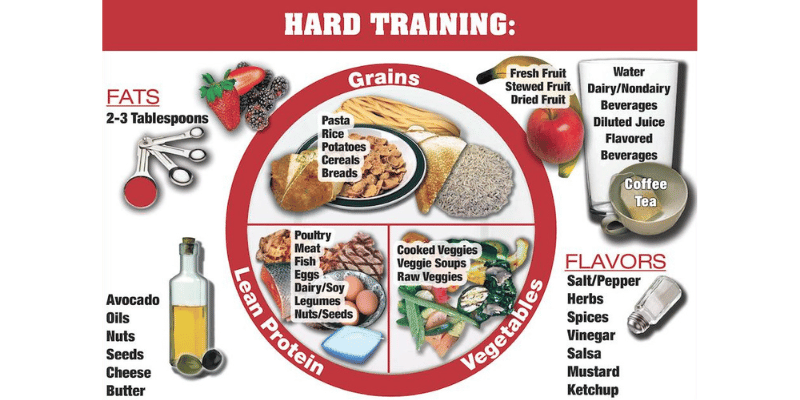
Overall Carbohydrate, Protein, and Fat Daily recommendations
Macronutrient | Percent of Daily Intake | Low Activity (30-60 min/day) | Moderate Activity (1-2 hrs/day)* | High Activity (2-4+ hrs/day)* |
Carbohydrate | 40 - 60% | 3 - 5 g/kg | 6 - 8 g/kg* | 8 - 12 g/kg* |
Protein** | 10 - 20% | 0.8 - 2.0 g/kg | 1.2 - 2.0 g/kg | 1.2 - 2.0 g/kg |
Fat | 20 - 35% | 20 - 35% | 20 - 35% | 20 - 35% |
*The more active you are, the greater the need for additional carbohydrates in the diet.
**Strength training athletes will likely benefit from higher protein ranges of 1.6 - 2.2 g/kg/day.
Tip: Take your weight in pounds and divide by 2.2 to get your weight in kilograms (kg) - Example: 150 pounds / 2.2 = 68 kg
The Benefits of a Well-Rounded and Balanced Eating Plan
The benefits of a well-rounded eating plan are endless!
Fruits and vegetables provide key vitamins, minerals, antioxidants, and phytochemicals to keep the body healthy and also help prevent cancer and reduce the risk of cardiovascular disease. 3, 4
Whole grains and legumes provide fiber and protein that keep you feeling satisfied (so you don’t overeat) which can help prevent diabetes and cardiovascular disease. They also provide energy-supporting vitamins and minerals to keep you performing at the highest level possible! 5
"The focus should be on a diet that is well-balanced and includes nutrient-dense foods (i.e. foods that are loaded with vitamins, minerals, and other nutrients that will benefit and nourish the body)"
Dairy (milk and yogurt) or other dairy alternatives (almond milk, soy milk, etc.) provide calcium and vitamin D that will help keep the bones strong. Dairy intake is also associated with reducing the risk of cardiovascular disease, type 2 diabetes, and hypertension (high blood pressure). 6

So ditch the “diet” and start making small changes that you can continue for the rest of your life!
Use 100% whole grain bread instead of white bread. Add in an extra serving of fruit and vegetables per day. Limit your beef intake to one time per week and incorporate other leaner/lower fat protein choices into your weekly food intake — These are just a few simple changes that can really go a long way to improving your "diet"!
Just like someone that uses premium gasoline to keep their high-performance car running at its best, fuel your body with premium, high quality, and nutrient-dense foods so your body can perform like a finely tuned machine!
About the Author
Colin is INFINIT Nutrition’s head formulation specialist, a Registered Dietitian/Nutritionist and Certified Specialist in Sports Dietetics (CSSD) with a Master’s Degree in Sports Nutrition, a USA Triathlon Level 1 Coach, as well as a professional triathlete, triathlon guide for visually impaired/blind athletes, and Boston Marathon qualifier. Colin has competed in sports all his life and has been competing in triathlons and running races since 2005.
Resources
- https://www.choosemyplate.gov/
- https://www.heart.org/en/healthy-living/healthy-eating/eat-smart/nutrition-basics/mediterranean-diet
- https://www.choosemyplate.gov/vegetables-nutrients-health
- https://www.choosemyplate.gov/fruits-nutrients-health
- https://www.choosemyplate.gov/grains-nutrients-health
- https://www.choosemyplate.gov/dairy-nutrients-health
- Sports Nutrition Care Manual - The Academy of Nutrition and Dietetics - Karpinski, Christine

